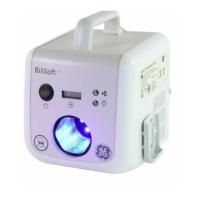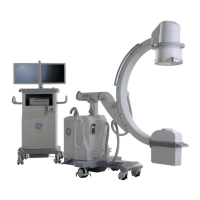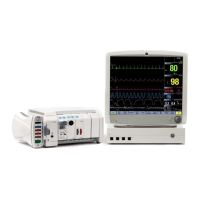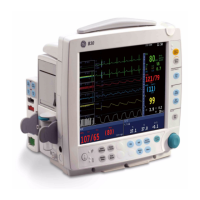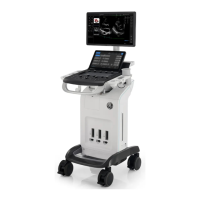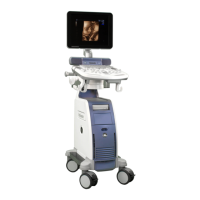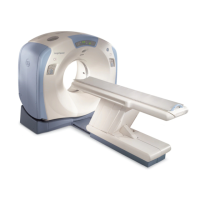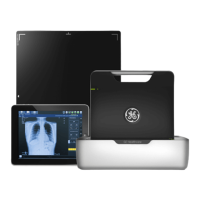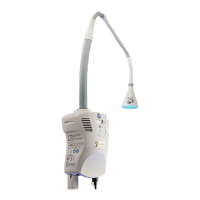108
Preparing for a gas measurement
1. Make sure that the water trap container is empty and properly
attached.
2. Connect the gas sampling line to the sampling line connector on
the water trap.
3. Connect the sample gas outlet to gas scavenging if N
2
O or
volatile agents are used.
4. Turn on the monitor. The monitor performs a self-check. Make
sure the related gas measurement is ON.
5. Wait until the message ‘Calibrating gas sensor’ disappears.
6. Connect the sampling line to the airway adapter or the airway
adapter to the ventilator circuit. Position the adapter with the
sampling port upwards to minimize the amount of condensed
water possibly entering the sampling line.
7. Check that the airway adapter connections are tight and that
the adapter is operating properly.
8. If E-miniC is used with O
2
and/or N
2
O contents higher than 40%,
make sure that FiO2 Level and N2O Level are set.
NOTE: Check that the sample line is connected to the water trap
before connecting the module to the monitor or turning on the
monitor.
NOTE: To minimize the amount of dust drawn into the gas sampling
system, always keep the water trap connected to the module. When
gas measurement is not in use, you can disconnect the module from
the monitor to eliminate the operating sound of the gas pump.
CO
2
measurement
Selecting the CO
2
scale
If EtCO
2
is above 6% or the difference between FiO
2
and EtO
2
is
above 6%, change the scale for capnogram:
1. Press the
Airway Gas key.
2. Select CO2 Setup.
3. Select Scale
Selecting the FiO
2
level
The presence of a large concentration of oxygen causes the CO
2
level appear lower than the actual value. Use this option to
compensate for the presence of O
2
.
1. Press the
Airway Gas key.
2. Select CO2 Setup.
3. Select FiO2 Level.
Selecting the N
2
O level
The presence of N
2
O causes the CO
2
value to appear higher than the
actual value. Use this option to compensate for the presence of N
2
O.
1. Press the
Airway Gas key.
2. Select CO2 Setup.
3. Select N2O Level.
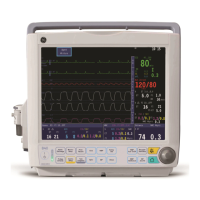
